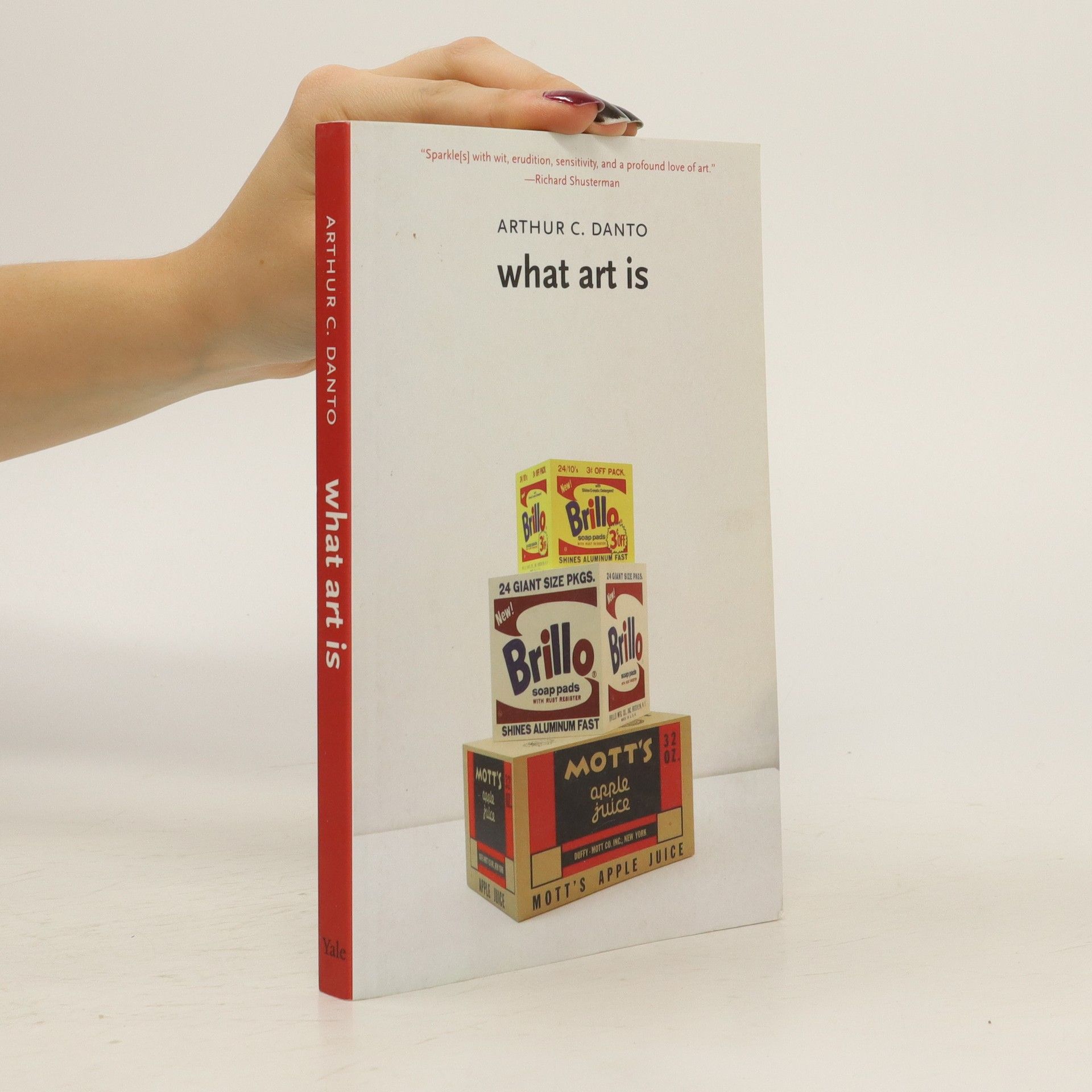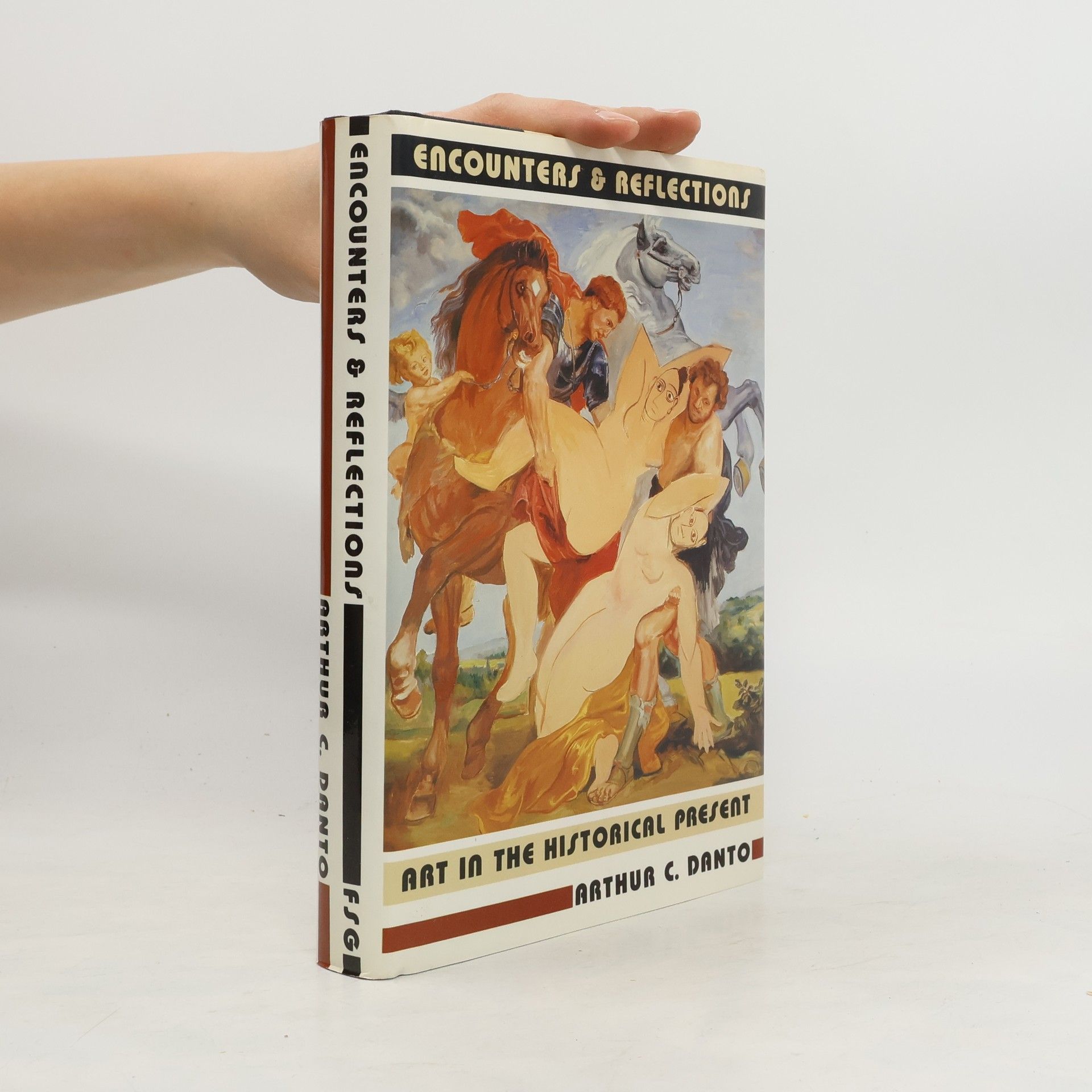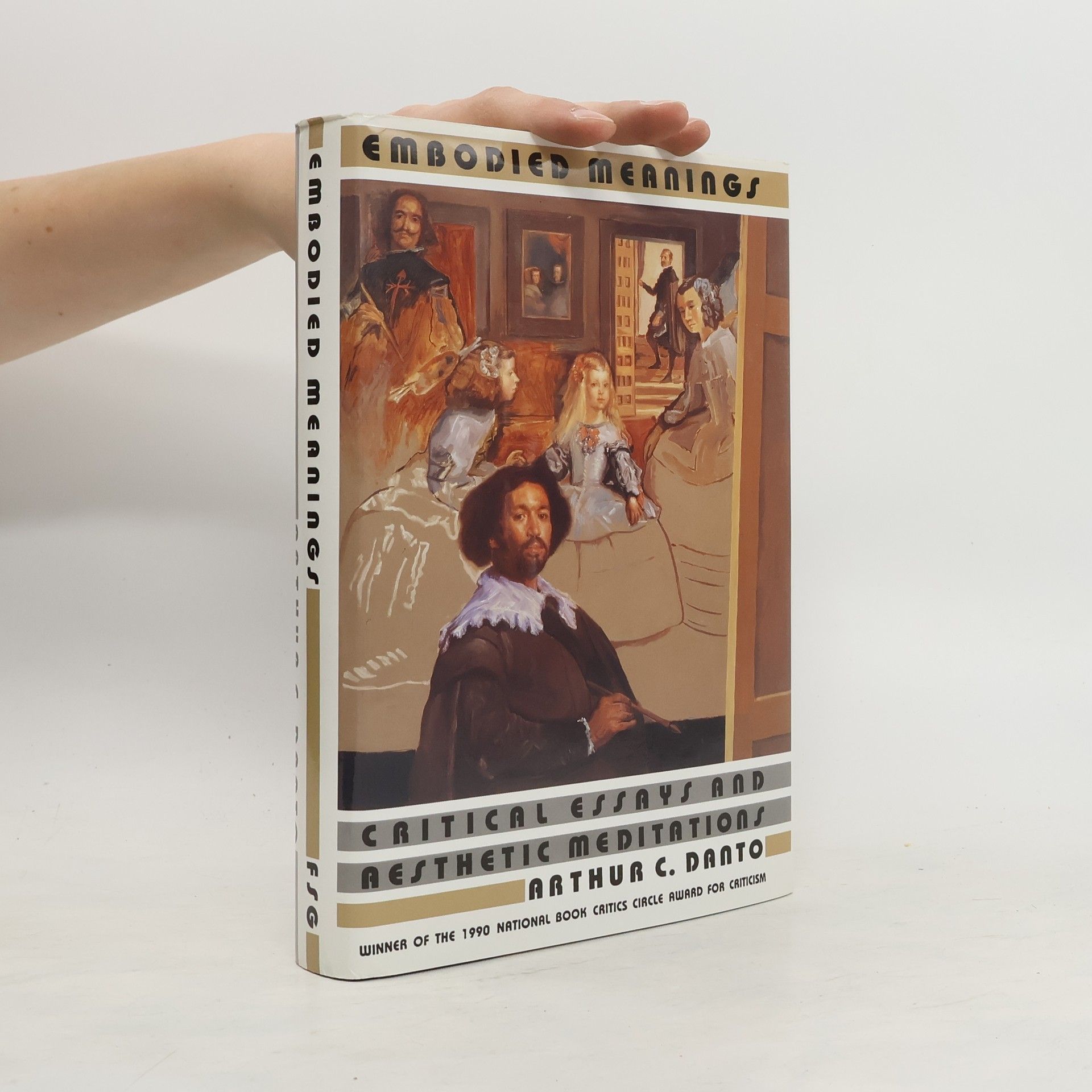From the 1990s until just before his death, the legendary art critic and philosopher Arthur C. Danto carried out extended conversations about contemporary art with the prominent Italian critic Demetrio Paparoni. Art and Posthistory presents these rich dialogues and correspondence, testifying to the ongoing importance of Danto's ideas.
Arthur Coleman Danto Boeken
Arthur C. Danto was een vooraanstaand professor in de filosofie en een invloedrijk kunstcriticus. Zijn werk verdiepte zich in de relatie tussen kunst en leven, onderzocht kunst vanuit een posthistorisch perspectief en bood inzichtelijke essays op het snijvlak van esthetiek en filosofie. Danto stond bekend om zijn scherpe analytische stijl en zijn vermogen om artistieke innovaties te verbinden met bredere filosofische vraagstukken. Zijn geschriften daagden vaak conventionele ideeën over kunst en de rol ervan in de samenleving uit.

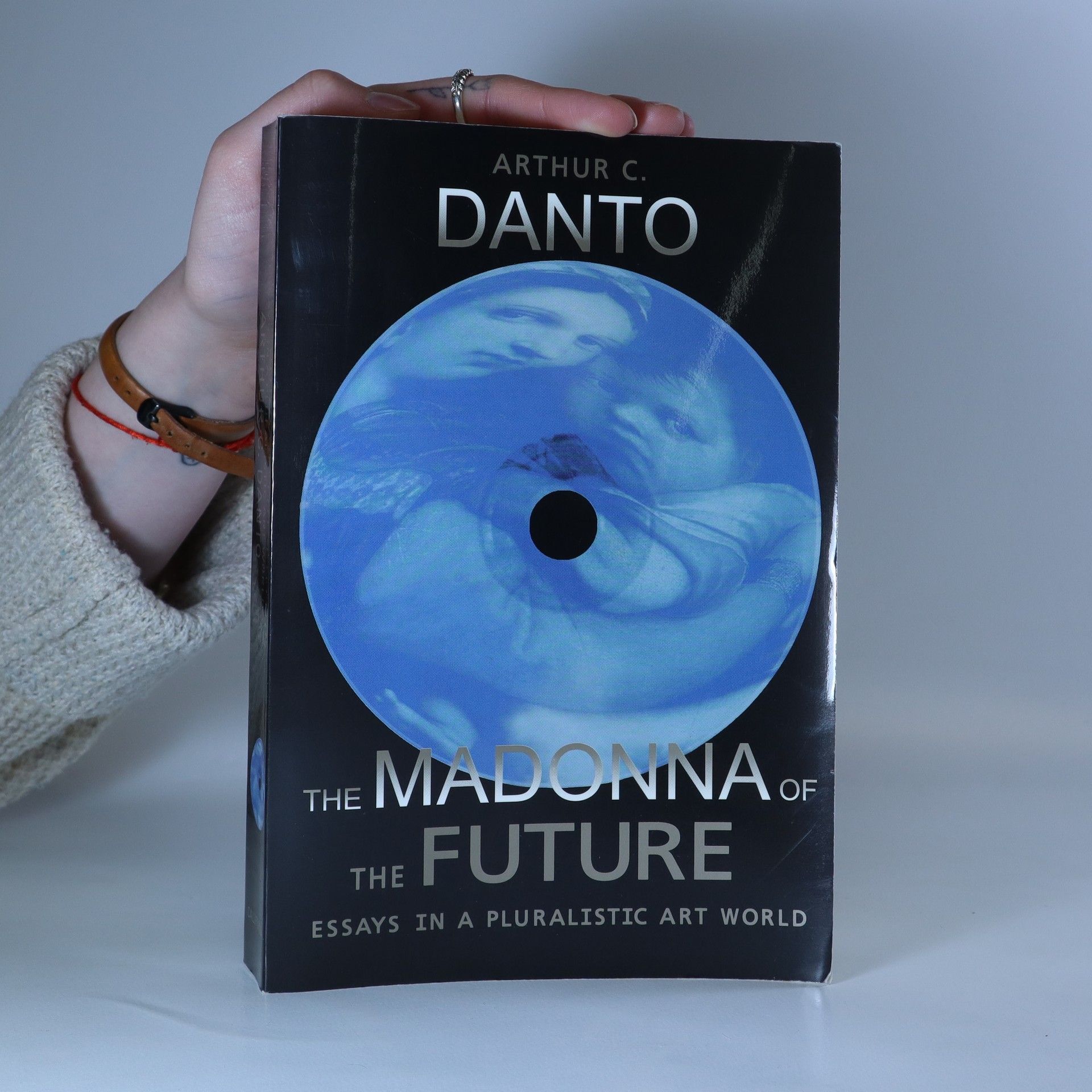
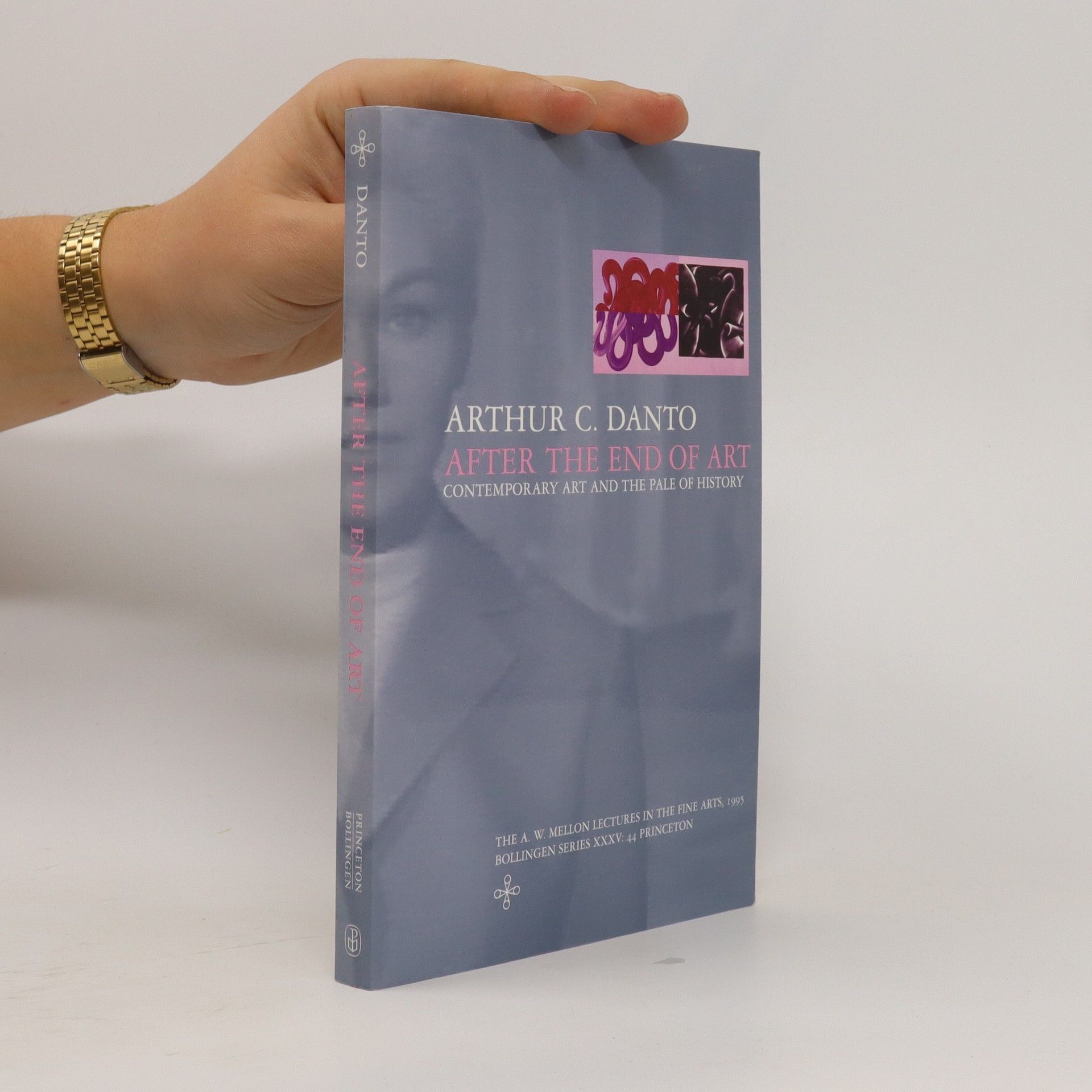

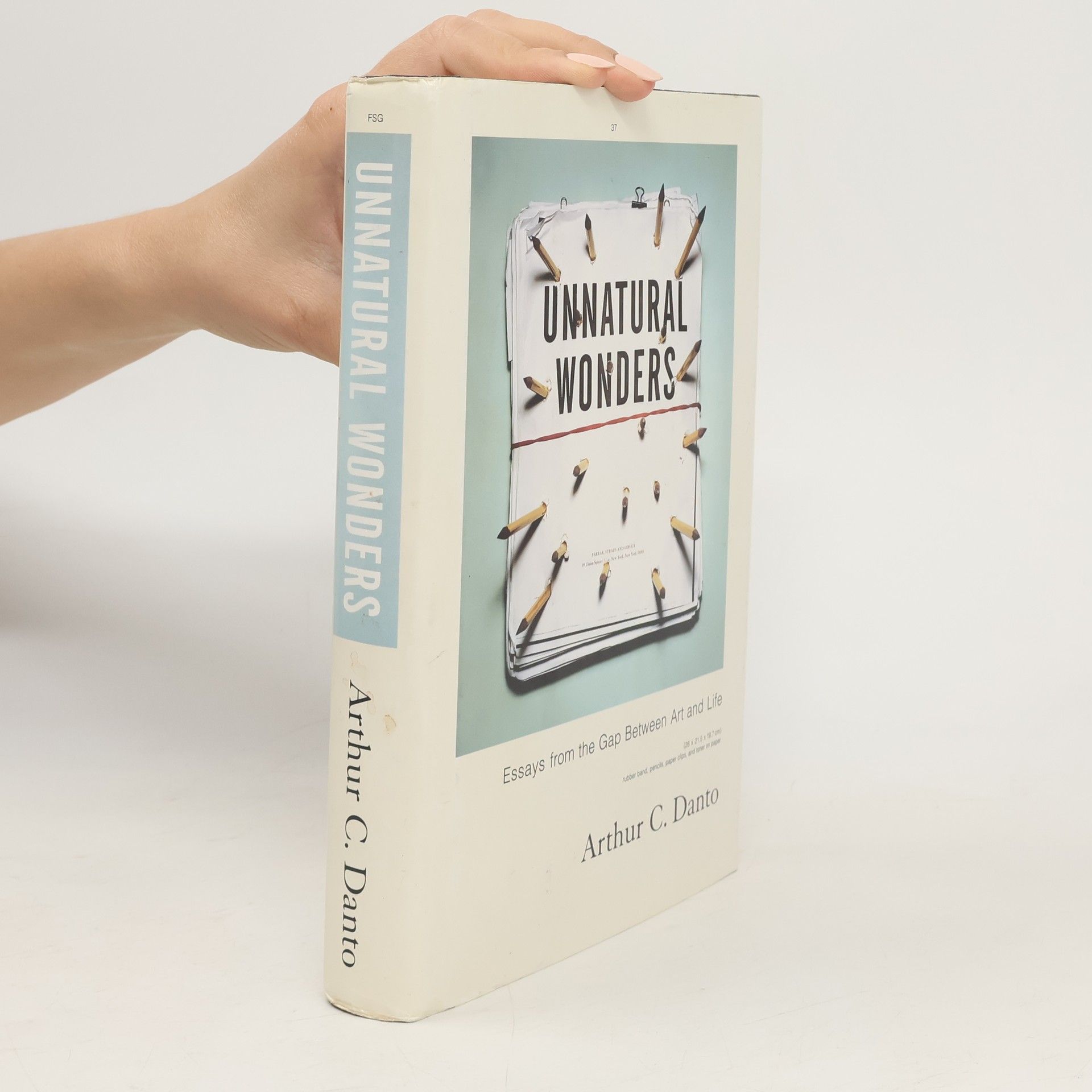


The Transfiguration of the Commonplace
- 222bladzijden
- 8 uur lezen
Danto argues that recent developments in art-in particular the production of works that cannot be told from ordinary things-make urgent the need for a new theory of art. He demonstrates the relationship between philosophy and art and the connections that hold between art, social institutions, and art history.
"Arthur C. Danto's five volumes of review essays form a chronicle of the art world in our time, and a running appraisal of the great variety of significant work made in our midst." "In this new book, Danto shows how work that bridges the gap between art and life is now the definitive work of our time: Damien Hirst's arrays of skeletons and anatomical models, Barbara Kruger's tchotchke-ready slogans, Renee Cox's nude portrait of herself presiding at the Last Supper. To the obvious question - is this stuff really art? - Danto replies with an enthusiastic yes, explaining, with a philosopher's clarity and an art lover's delight, how these "unnatural wonders" show us who we are."--BOOK JACKET.Title Summary field provided by Blackwell North America, Inc. All Rights Reserved
The Philosophical Disenfranchisement of Art
- 248bladzijden
- 9 uur lezen
After the end of art : Contemporary Crt and the Pale of History
- 262bladzijden
- 10 uur lezen
Over a decade ago, Arthur Danto announced that art ended in the sixties. Ever since this declaration, he has been at the forefront of a radical critique of the nature of art in our time. After the End of Art presents Danto's first full-scale reformulation of his original insight, showing how, with the eclipse of abstract expressionism, art has deviated irrevocably from the narrative course that Vasari helped define for it in the Renaissance. Moreover, he leads the way to a new type of criticism that can help us understand art in a posthistorical age where, for example, an artist can produce a work in the style of Rembrandt to create a visual pun, and where traditional theories cannot explain the difference between Andy Warhol's Brillo Box and the product found in the grocery store. Here we are engaged in a series of insightful and entertaining conversations on the most relevant aesthetic and philosophical issues of art, conducted by an especially acute observer of the art scene today. Originally delivered as the prestigious Mellon Lectures on the Fine Arts, these writings cover art history, pop art, "people's art," the future role of museums, and the critical contributions of Clement Greenberg--who helped make sense of modernism for viewers over two generations ago through an aesthetics-based criticism. Tracing art history from a mimetic tradition (the idea that art was a progressively more adequate representation of reality) through the modern era of manifestos (when art was defined by the artist's philosophy), Danto shows that it wasn't until the invention of Pop art that the historical understanding of the means and ends of art was nullified. Even modernist art, which tried to break with the past by questioning the ways of producing art, hinged on a narrative. Traditional notions of aesthetics can no longer apply to contemporary art, argues Danto. Instead he focuses on a philosophy of art criticism that can deal with perhaps the most perplexing feature of contemporary art: that everything is possible.
The Madonna of the future
- 480bladzijden
- 17 uur lezen
The Madonna of the Future finds Danto at the point where all the vectors of the art world those of traditional painting, Pop art, mixed media, and installation art; those of art and philosophy; those of the specialist who brings theory to bear on the work and the viewer who appreciates it primarily visually.
What Art Is
- 174bladzijden
- 7 uur lezen
What is it to be a work of art? Part philosophical monograph and part memoiristic meditation, this book challenges the popular interpretation that art is an indefinable concept, instead bringing to light the properties that constitute universal meaning.
Since 1984, when he became art critic for The Nation, Arthur C. Danto, one of America's most inventive and influential philosophers, has also emerged as one of our most important critics of art. As an essayist, Danto's style is at once rigorous, incisive, and playful. Encounters and Reflections brings together many of his recent critical writings -- on artists such as Andy Warhol, David Hockney, and Robert Mapple-thorpe; and on the significance of issues like the masterpiece and the museum. The result is a spirited brief from the front lines of current aesthetic and philosophical debate
Arthur Danto's work has always affirmed a deep relationship between philosophy and art. These essays explore this relationship through a number of concrete cases in which either artists are driven by philosophical agendas or their art is seen as solving philosophical problems in visual terms. The essays cover a varied terrain, with subjects including Giotto's use of olfactory data in The Raising of Lazarus; chairs in art and chairs as art; Mel Bochner's Wittgenstein drawings; the work of Robert Motherwell, Andy Warhol, and Robert Irwin; Louis Kahn as "Archai-Tekt"; and visual truth in film. Also featured are a meditation on the battle of Gettysburg; and a celebration of the Japanese artist Shiko Munakata, an essay that is partly autobiographical.Arthur C. Danto is one of the most original and multitalented philosophers writing today, a thinker whose interests traverse the boundaries of traditional understandings of philosophy. Best known for his contributions to the philosophy of art and aesthetics, Danto is also esteemed for his work in the history of philosophy, the philosophy of history, philosophical psychology, and action theory. These two volumes, each with an introduction by the author, contain essays spanning more than twenty-five years that have been selected to highlight the inseparability of philosophy and art in Danto's work. Together they present the thinking of Arthur C. Danto at his very best.
